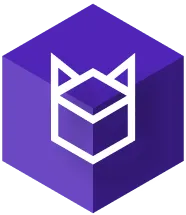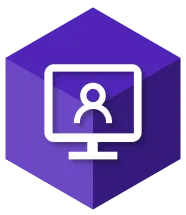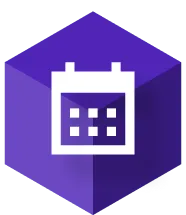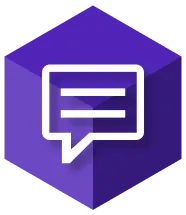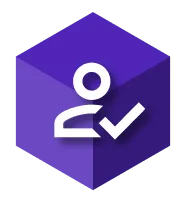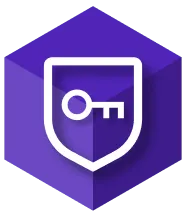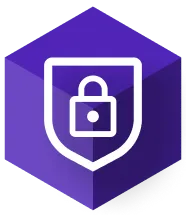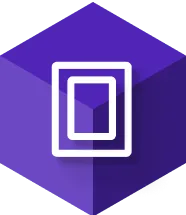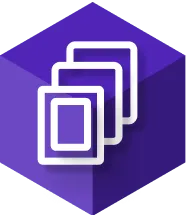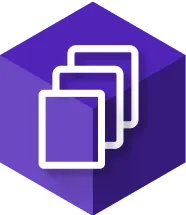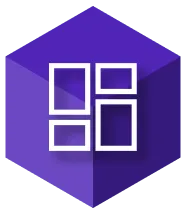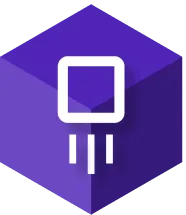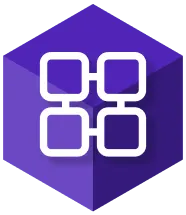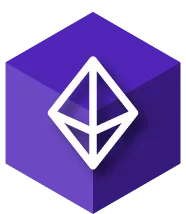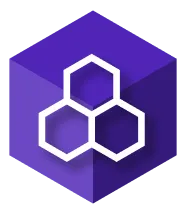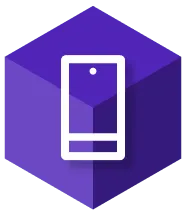Enjoy the security of cold storage & the accessibility of a hot wallet.
Build institutional-grade blockchain business solutions at scale.
Real-Time Notifications
Trusted Blockchain Data
Wallet Management
Track Wallet Balances
Block-Level Data

Real-Time Data Monitoring
Create & Broadcast Transactions
Conduct Balance Audits
Retrieve Pricing History
Historical Validator Rewards
Calculate Transaction Fees
Retrieve NFT information
Execute RPC Methods
Nodes as a Service
Unparalleled Chain Integration
Secure rewards by staking your crypto through a single platform.
Wallet
Enjoy the security of cold storage & the accessibility of a hot wallet.
nodes & apis
Build institutional-grade blockchain business solutions at scale.
staking
Secure rewards by staking your crypto through a single platform.
Blockdaemon’s complete node stack supports the flow of data and value for millions of users. Our customers include top tier financial institutions, crypto native companies, exchanges, and many more…



